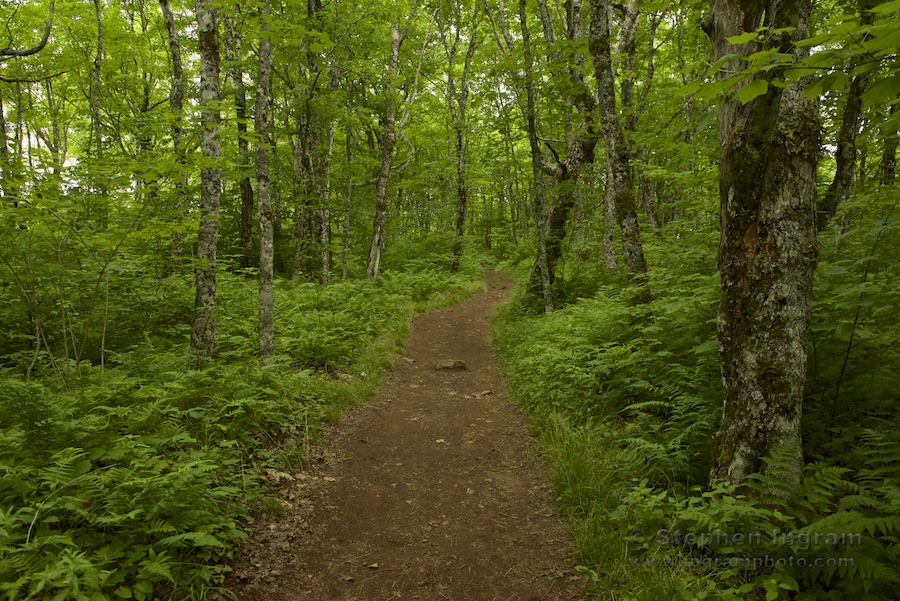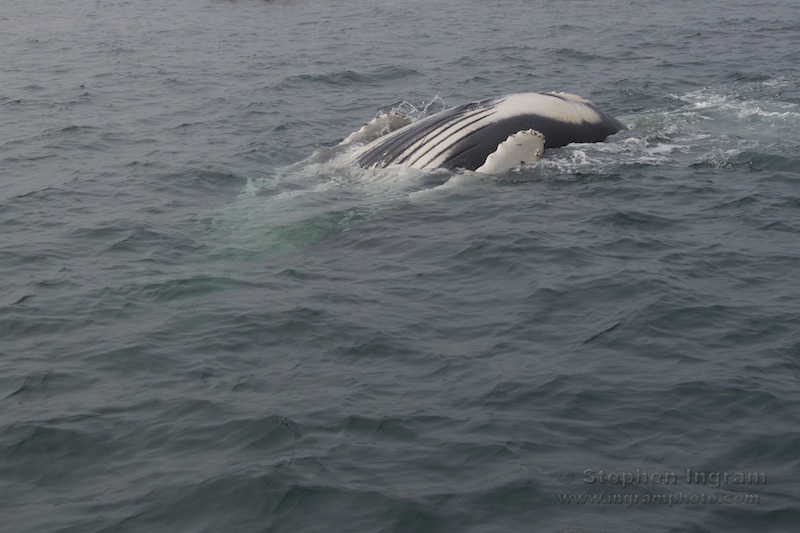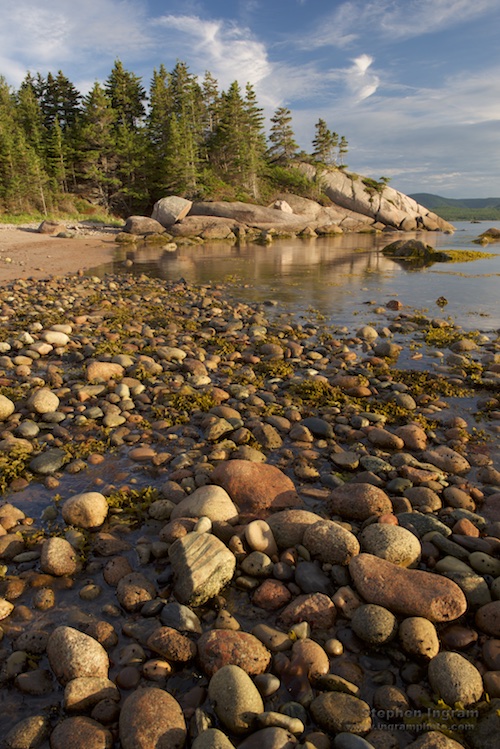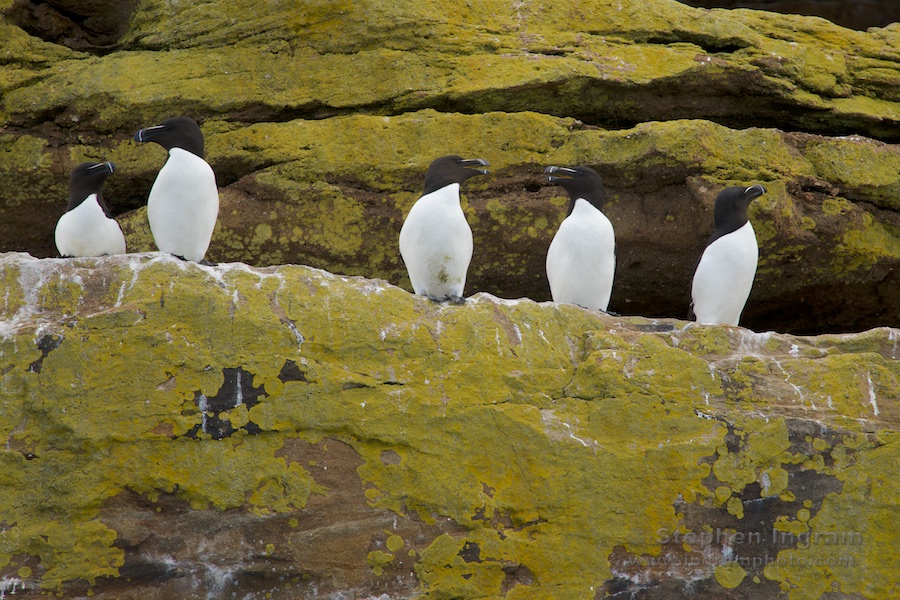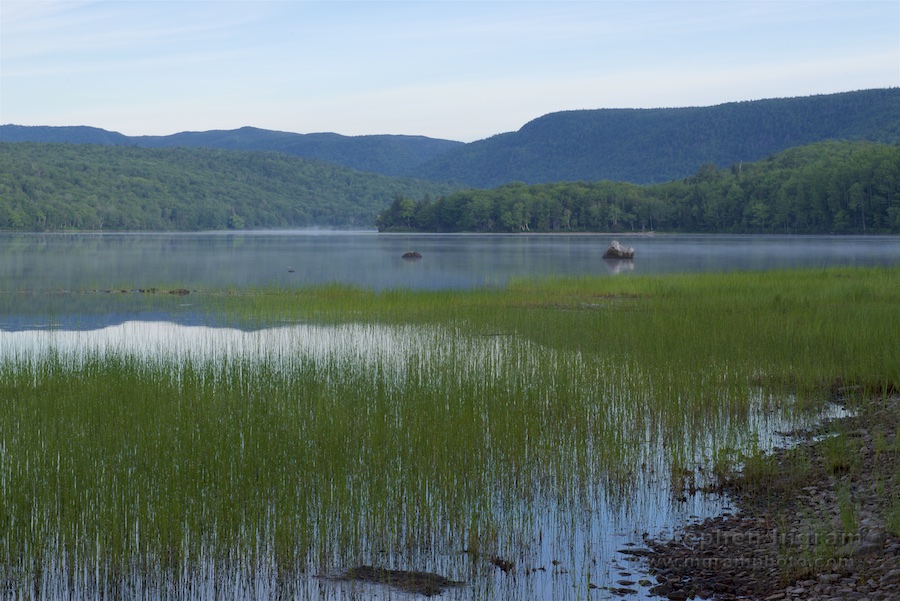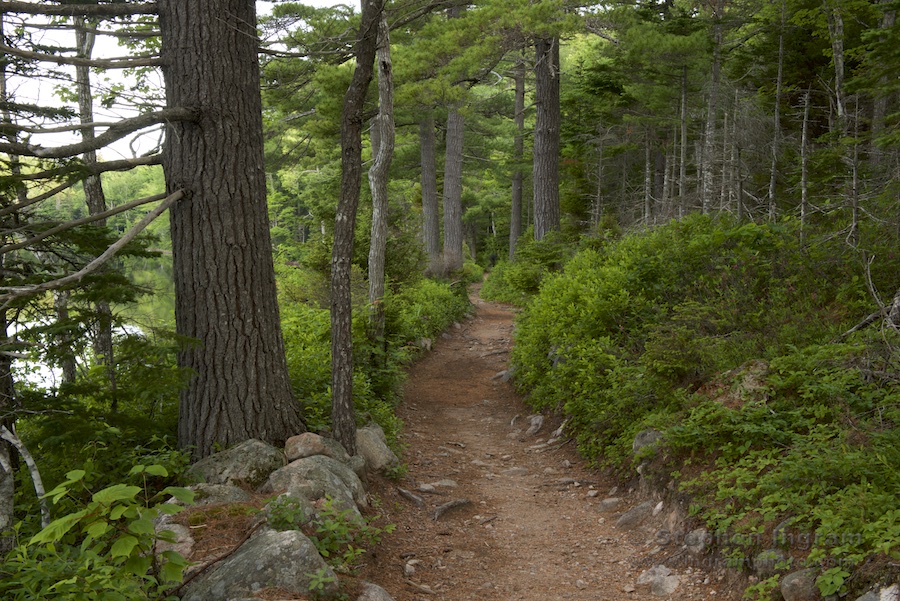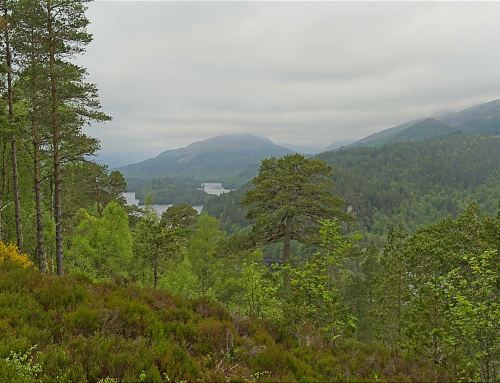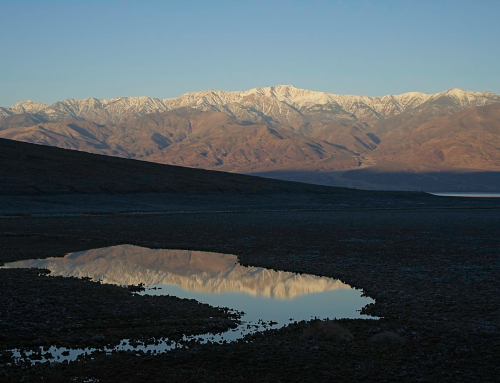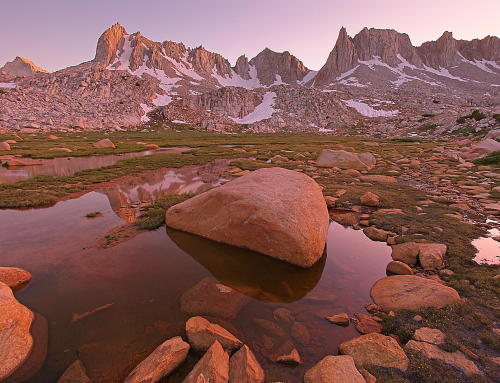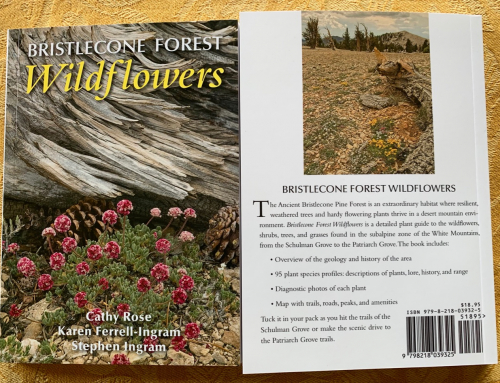Karen and I had the good fortune to travel around Nova Scotia for a week in late July. Coming from the Eastern Sierra, the most dramatic difference was the green, lush vegetation everywhere. It rained the night we touched down in Halifax, and it rained all day as we returned westward to Halifax from Cape Breton Island on our final day there. Judging from the verdant growth all around, the rain was not a surprise, and it was refreshing to be in a new climate at the eastern edge of North America.
First destination was the Bay of Fundy, a vast body of water that ebbs and flows up to 50 feet between high and low tides. The extreme tides for which the area is famous are due to the the relatively shallow waters of the Bay being situated between the steep drop of the continental shelf to the southeast, and the land to the north. The typical 6 foot tides of the open Atlantic become amplified within the Bay of Fundy. The Bay is also famous for its whales, and we were able to observe a group of 3 adult and 1 frolicking juvenile humpback whale one foggy morning off the tip of the “Digby Neck,” along the northwest edge of Nova Scotia.
From the Digby area at the western edge of Nova Scotia we spent a few days driving eastward to Ingonish Beach on Cape Breton Island, where we stayed just outside Cape Breton Highlands National Park (CBHNP).
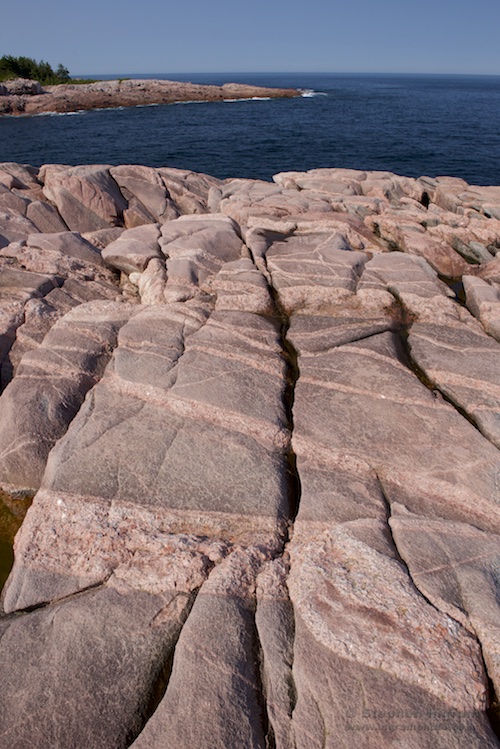
Northeast coast of Cape Breton with pink granite along the shore, Cape Breton Highlands National Park, Nova Scotia, CAN
Donelda’s Puffin Tours was also on the agenda, so we spent a few hours cruising around the small Bird Islands in St. Ann’s Bay, where Atlantic puffins, razorbills, black-legged kittiwakes, great cormorants, and other seabirds come to nest, while gray seals lounge on the rocks below. We were certainly not going to spend the time and money traveling to Nova Scotia without seeing the charismatic puffin standing outside their nest burrows or bobbing on the water in small groups! These monogamous birds spend most of their time alone at sea, traveling thousands of miles in search of food before returning to places like Maine, Iceland, and the Bird Islands to reunite and breed.
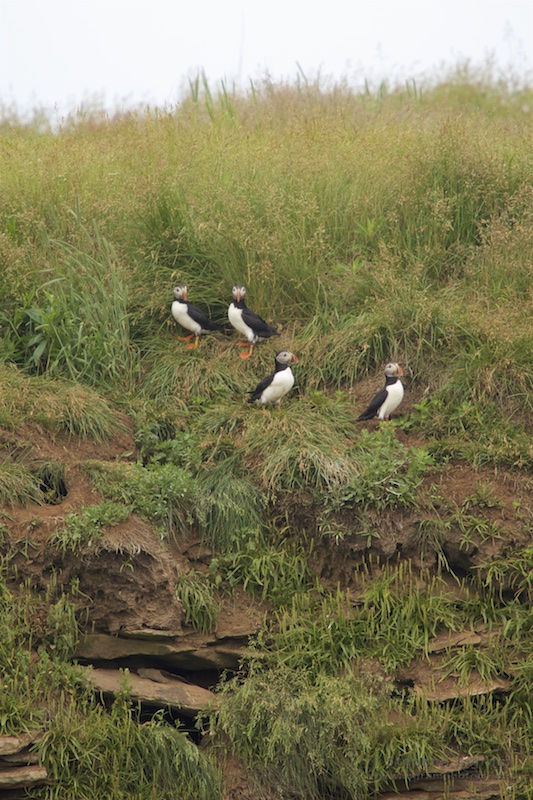
Atlantic puffins near their burrow nesting sites, Bird Islands, Cape Breton Island, Nova Scotia, CAN
We were also anxious to see as much of the Highlands as possible, and one hike we decided on was to Mica Hill, an 8 km trail through boreal forest and dense taiga vegetation with pink-flowering Kalmia shrubs, bogs with pitcher plants, and stunted larch and black spruce. This half-day outing was delightfully tourist-free, and we were fortunate to see a moose sauntering over the trail on our way back to the trailhead.
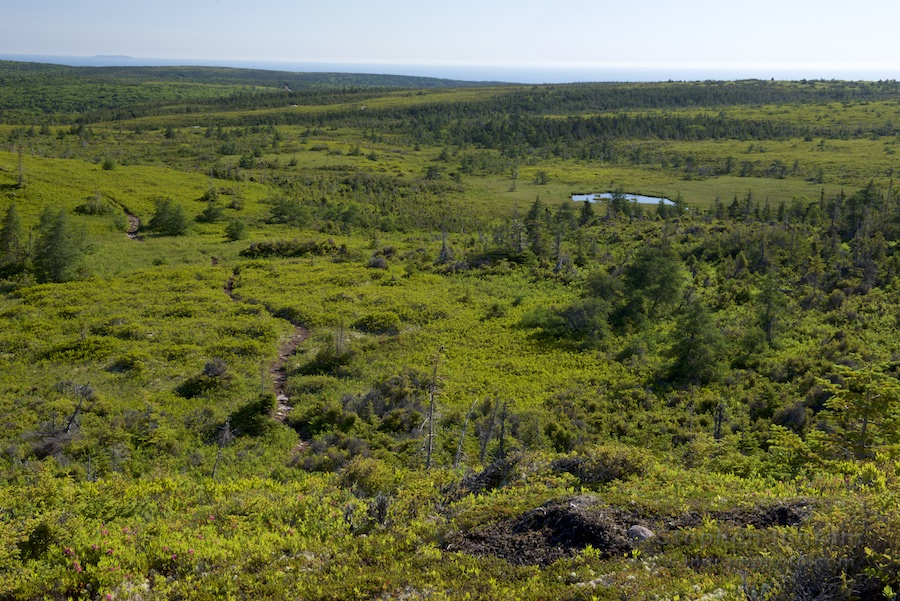
View of taiga and Aspy Bay from Mica Hill, NE edge of Cape Breton Highlands National Park, Nova Scotia, CAN

A very large moose near the trail to Mica Hill, Cape Breton Highlands National Park, Nova Scotia, CAN
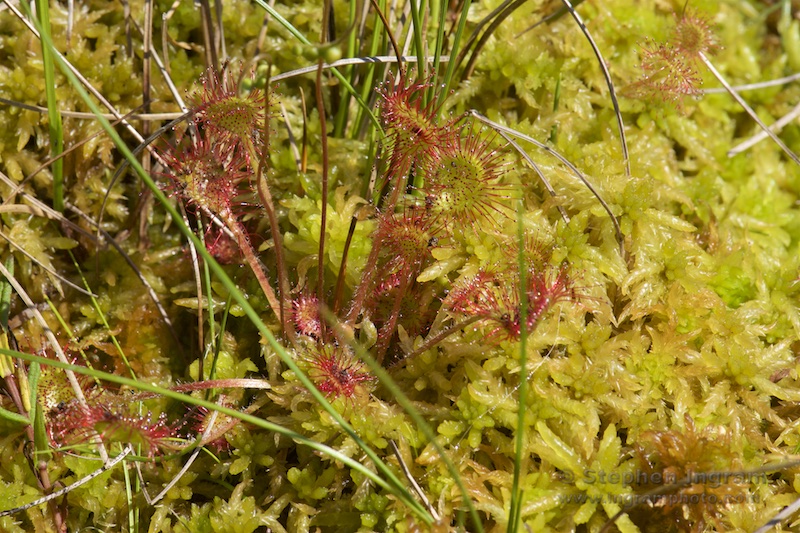
Round-leaved sundew (Drosera rotundifolia) growing in a sphagnum bog along the Bog Trail, Cape Breton Highlands National Park, Nova Scotia, CAN
Another park attraction near Ingonish Beach we enjoyed and returned to for its beauty, great forest habitat full of birds, calling loons, and a good running trail was Warren Lake. Biologists with the CBHNP were conducting a bio-blitz here on out last morning, so we contributed a short bird list before making the long drive back towards Halifax to catch a 6 am flight to LAX. Thank you, Nova Scotia!


